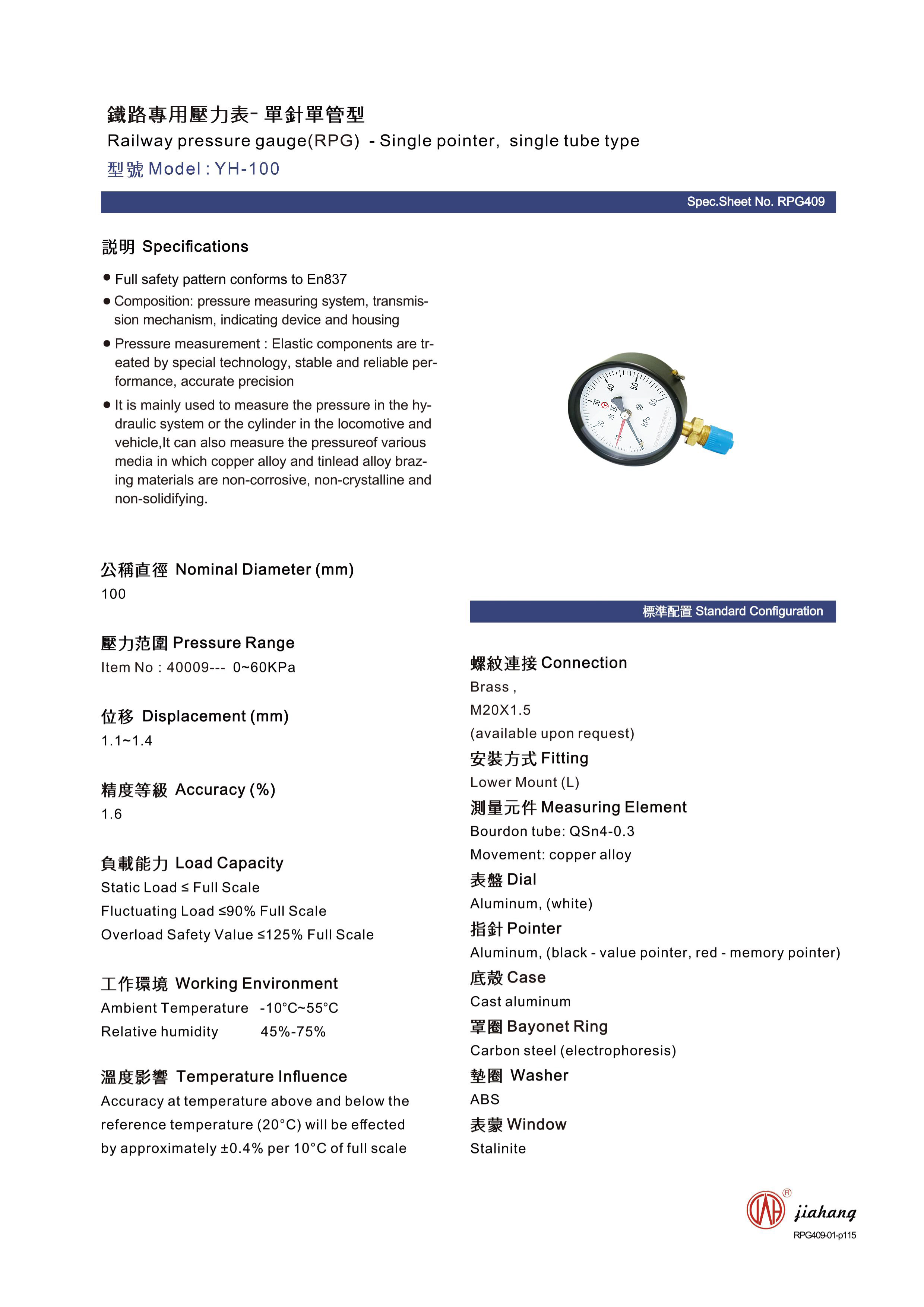
Out . 18, 2024 05:09 Back to list
Pressure Gauge Functionality in Fire Extinguishers for Optimal Safety and Performance
Understanding Pressure Gauge of Fire Extinguishers Ensuring Safety and Readiness
Fire extinguishers are essential safety devices designed to combat fires and protect lives and property. Among the various components that contribute to their functionality, the pressure gauge is one of the most critical. It provides vital information about the internal pressure of the extinguisher, indicating whether it is charged and ready for use.
What is a Pressure Gauge?
The pressure gauge on a fire extinguisher is a small device usually located on the front of the extinguisher. It typically features a needle that points to a specific pressure range, often indicated by color-coded zones green, yellow, and red. The green zone signifies that the extinguisher is fully charged and operational. The yellow zone indicates caution, suggesting that the pressure is nearing a level that may affect performance. The red zone warns that the extinguisher is either over-pressurized or under-pressurized, rendering it unsafe for use.
Why is the Pressure Gauge Important?
1. Readiness for Action The primary function of a fire extinguisher is to put out fires quickly. A properly charged extinguisher can provide immediate assistance in emergencies. The pressure gauge allows users to quickly assess whether the extinguisher is in working order, ensuring readiness when every second counts.
2. Preventive Maintenance Regular inspection of the pressure gauge is an integral part of fire safety protocols. It helps identify potential issues before they become critical failings. For instance, if the gauge shows that the extinguisher is in the yellow or red zone, it may require servicing, such as recharging or inspection, to ensure it functions correctly.
3. User Confidence Knowing that a fire extinguisher is properly charged boosts the confidence of building occupants and safety personnel. This assurance can encourage prompt action in the event of a fire, which can significantly reduce the extent of damage and injury.
How to Read a Pressure Gauge
Reading a pressure gauge is straightforward. The gauge usually has three color-coded sections.
pressure gauge of fire extinguisher product

- Green Zone This indicates that the extinguisher is adequately charged
. You can typically see a needle pointing between the designated markings in this area.- Yellow Zone If the needle is in this zone, it indicates that the pressure is low, and the extinguisher should be serviced soon. Though it is not necessarily dangerous, it raises concerns regarding its effectiveness.
- Red Zone Any indication in the red zone means the extinguisher is either over-pressurized or under-pressurized. This situation requires immediate attention, and the extinguisher should not be used until it has been checked by a qualified professional.
Regular Maintenance Tips
To maintain the efficacy of fire extinguishers, regular inspections and maintenance are crucial. Here are some tips
- Monthly Checks Perform visual inspections monthly, including checking the pressure gauge to ensure it is in the green zone.
- Annual Servicing Have a professional technician inspect and service extinguishers annually. This includes checking the pressure and ensuring that the mechanism is working properly.
- Label or Tag Keep a label or tag on the extinguisher indicating the last inspection date, so you know when the next one is due.
Conclusion
In conclusion, the pressure gauge on a fire extinguisher serves as a crucial indicator of safety and readiness. Understanding how to read and maintain this component is vital for ensuring that extinguishers function correctly in emergencies. By regularly checking the gauge, users can play an essential role in fire safety, protecting themselves and their surroundings from the potentially devastating effects of fire.
-
High-Precision 5 Valve Manifold Differential Pressure Gauge Suppliers
NewsApr.29,2025
-
High-Precision Diaphragm Vacuum Pressure Gauges Manufacturers & Quotes
NewsApr.29,2025
-
Omega Differential Pressure Gauges High Accuracy & Durability
NewsApr.28,2025
-
Low Pressure Differential Pressure Gauges Precision Solutions & Quotes
NewsApr.28,2025
-
Digital Diaphragm Pressure Gaauge Precision Measurement & OEM Quotes
NewsApr.28,2025
-
Differential Pressure Gauge China Price High-Accuracy & Best Quotes
NewsApr.28,2025
